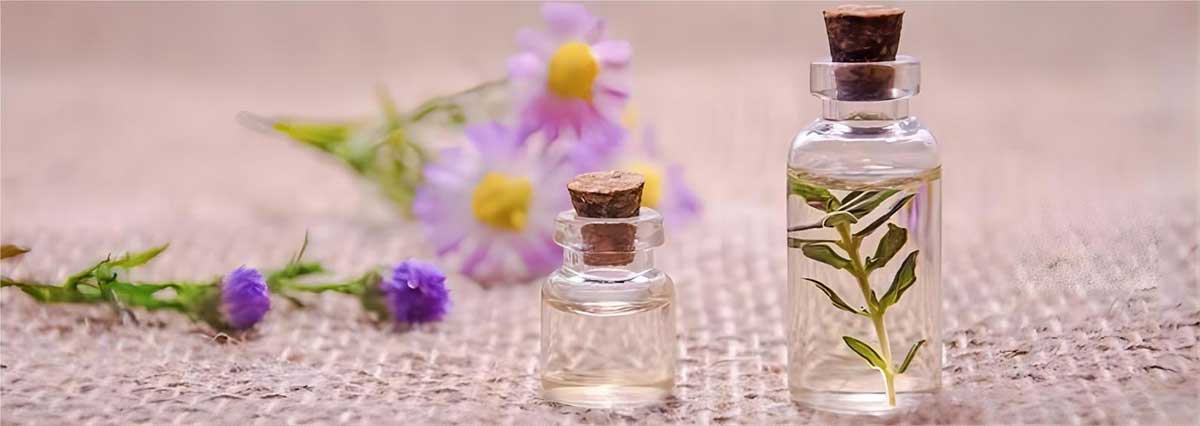1-Decanol, also known as C10 alcohol, cas number 112-30-1 appears as a colorless viscous liquid. Slightly soluble in water, with a solubility of 2.8% by weight. Soluble in acetic acid, ethanol, benzene, petroleum ether, highly soluble in ether. N-decanol can be used to make soap and essence of daily cosmetics. It plays an important role in C8-C18 alcohols, and is used in rose floral essence. As a citrus essence, it is used in beverages, candy, etc. It is also a raw material for manufacturing surfactants, plasticizers, synthetic fibers, defoamers, herbicides, lubricant additives, and spices, and is used as a solvent for inks and other products.
What is the proper production method for 1-decanol?
There are two methods for producing 1-decanol. One is to reduce the fatty acids of coconut oil, while the natural product is made from coconut oil as raw material, which is hydrogenated at high temperature and high pressure in the presence of mixed oxides. The even numbered carbon atom mixed alcohols (including low-carbon alcohols to octadecanol) obtained from the reaction are subjected to vacuum distillation. The C8-C12 fraction is refined by boric acid esterification method, hydrolyzed and then subjected to vacuum distillation. It can also be obtained by carbonylation reaction of nonane to produce nonanal, which is then reduced to nonanol and distilled for refinement. It can also be obtained from ethylene through controlled polymerization, followed by hydrolysis and separation. Natural presence: found in sweet orange oil, orange blossom oil, apricot blossom oil, and sunflower oil.

What is the use of 1-decanol?
1-decanol is mainly used to prepare essence of orange, lemon, coconut and assorted fruit. The country stipulates that spices are allowed to be used.
1-decanol used as raw materials for manufacturing surfactants, plasticizers, synthetic fibers, defoamers, herbicides, lubricant additives, and spices, as well as solvents for inks and other products.
Trace amount is used in the formulation of essence such as acacia, osmanthus, violet, red rose, orange flower, daffodil, iris, lilac, jasmine and sweet orange flower. It can be used as a blending agent or modifier of linalool in low-grade floral formula. Sometimes used for industrial deodorization or to mask the unpleasant odor of industrial products. In the edible essence, it can also be used in a small amount in cream, sweet orange, coconut, lemon and a variety of fruit aromas.
1-Decanol can also be used to make soap and essence for daily cosmetics. It plays an important role in C8-C18 alcohols, and is used in rose floral essence. As a citrus essence, it is used in beverages, candy, etc. The dosage (ppm) in food is as follows: ice cream 4.6, candy 5.2, chewing gum 3.0, beverages 2.1. Do not use for purposes other than fragrance.
1-Decanol is also a raw material for PVC wire coating materials and plasticizers (DIDP, DIDA) for high-grade synthetic leather, as well as a raw material for uranium refining, defoaming agents, surfactants, and solvents. In agriculture, it can be used as a solvent and stabilizer for herbicides, insecticides, and synthetic raw materials. Used as a ripening agent for green fruits, it can also be used for controlling seed germination in ornamental plants and tobacco. It can also be used in oil drilling and secondary oil recovery.